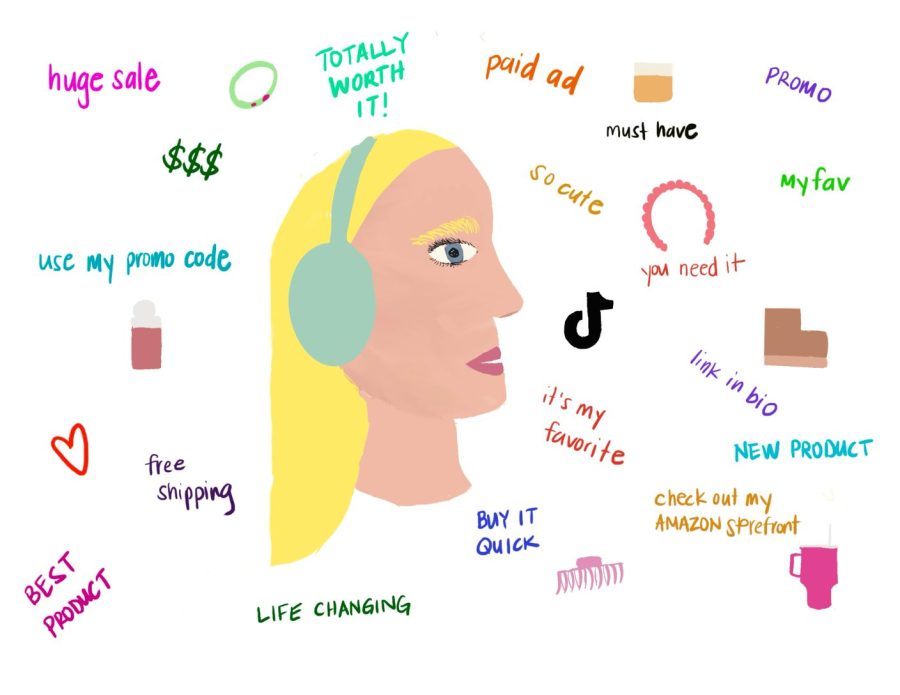
Trends have cycled through fashion for centuries. However, within the past few years, what is considered “trendy” has changed more rapidly than ever before. This is largely due to the accessibility to different subcultures and communities that social media grants the public. Users on platforms like Instagram and TikTok talk about a new “must-have” item nearly every week. With the ability to see content from so many different fashion circles at once, it’s not far-fetched to believe that people are being influenced to buy hundreds of products daily.
These fast-paced trends have been dubbed “micro-trends.” The short-lived fads are mostly seen and followed by Gen-Z and younger generations. It’s not surprising that those who are just recently coming into their personhood are susceptible to these trends. Micro-trends tend to be treated as lifestyles, not just clothing or accessories. Nowadays, people aren’t just wearing their hair slicked back, gold hoops and minimal makeup, they are “clean girls.” People don’t just wear pastels and ribbons in their hair, they’re “coquette.” These subgroups give younger people a sense of belonging and identity, something that we spend most of our lives seeking.
Many people have also expressed their distaste for micro-trends, often finding them disingenuous and unsustainable. When asked about her opinions on the current state of trend cycles, student Abigail Lawrence conveyed less than positive feelings.
“I just feel like it makes others feel like they have to get whatever is being promoted to them,” Lawrence said. “People aren’t just buying what they feel good in, or even just what they like.”
While micro-trends are responsible for giving some a sense of identity, they could also be a factor in the decline of individualism. Social media has the tendency to push whatever is being popularized in the many different sectors of the internet, which poses the question, of are people are doing it out of interest or a need to assimilate?. This is not the only gripe people have had with these fads. Others also believe that these trends are pushing unhealthy consumerism and are negatively affecting the environment. Much of this concern comes from the rise of trendy pieces from a few years ago appearing in secondhand shops. Since these pieces are no longer considered desirable, they are not bought and end up filling landfills.
Even with the public having positive and negative views on the current state of trend cycles in fashion, it seems like there is little chance for it to slow down. We can now question if the cycle will continue as is, or potentially speed up.
